The Power of Pattern Routing
While most woodworkers are aware of top- and bottom-bearing pattern bits, Bob Miller says you should consider adding one more to your arsenal.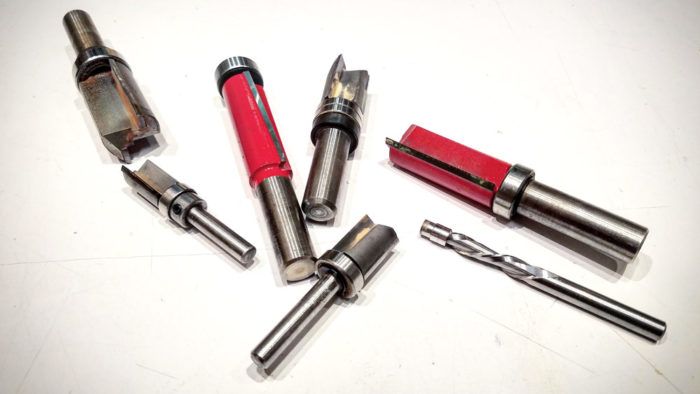
Pattern routing with a bearing-guided bit is easily one of the most powerful techniques in woodworking. A pattern bit allows us to easily and repeatably create nearly any shape, as well as work from a pattern made of easy-to-shape materials and then use that pattern to shape materials that are much harder to work.
Most woodworkers are familiar with the basic types of bearing-guided pattern bits. These bits are typically named by the placement of their bearing in relation to the cutting edges—either “top” bearing or “bottom” bearing. This nomenclature refers to the placement of the bearing with the bit installed in an handheld router. So it follows that a “top” bearing bit has the bearing above the cutting edges adjacent the shank and a “bottom” bearing bit has the bearing at the bottom, below the cutting edges. These two styles allow the bit to follow a pattern installed on either the top of the work or below. This flexibility is great and can usually allow a wide range of design options and easy accurate pattern routing operations.
There is, however, a third type of bearing-guided pattern bit that everyone should know about. It is the “combination” bearing bit, which has bearings both above and below the cutting edges. This offers a very distinct advantage when working with round or elliptical parts.
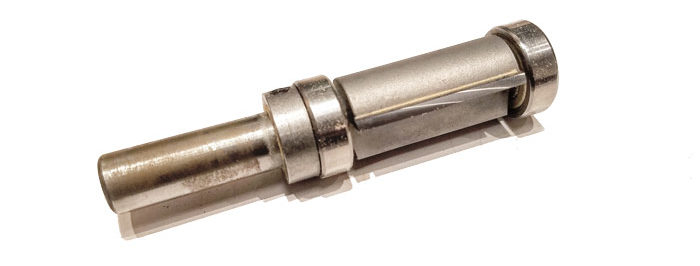
The problem with pattern routing a circle, or circular shape, is that for 50% of the cut the bit will be rotating against the grain and tearing at the fibers of the wood, leaving a rough and uneven surface. The combination bit solves this problem by allowing the router to follow the pattern down the grain with the pattern on top, with the top bearing engaged, and then simply flip the assembly over so the pattern is now on the bottom. You complete the cut with the bottom bearing engaged and the bit still running with the grain, leaving an extremely smooth and clean surface all the way around without having to swap bits or move the pattern.
So next time you are thinking about getting set up with a few new router bits, seriously consider a combination trim bit to complement the more traditional top and bottom bearing bits.
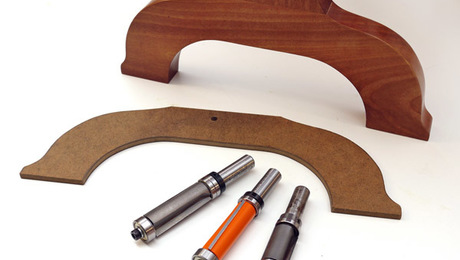 |
|
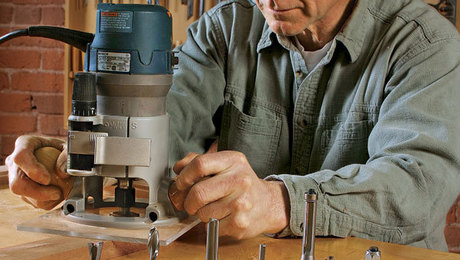 |
|
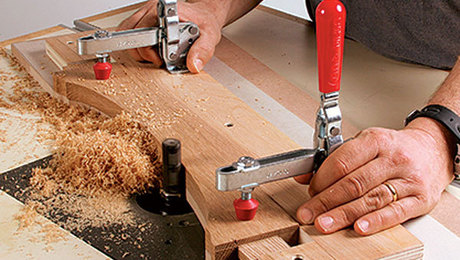 |
Fine Woodworking Recommended Products
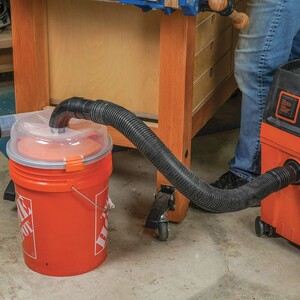
Dustopper Pro
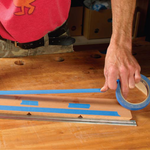
3M Blue Tape

Tite-Mark Marking Gauge






















Log in or create an account to post a comment.
Sign up Log in